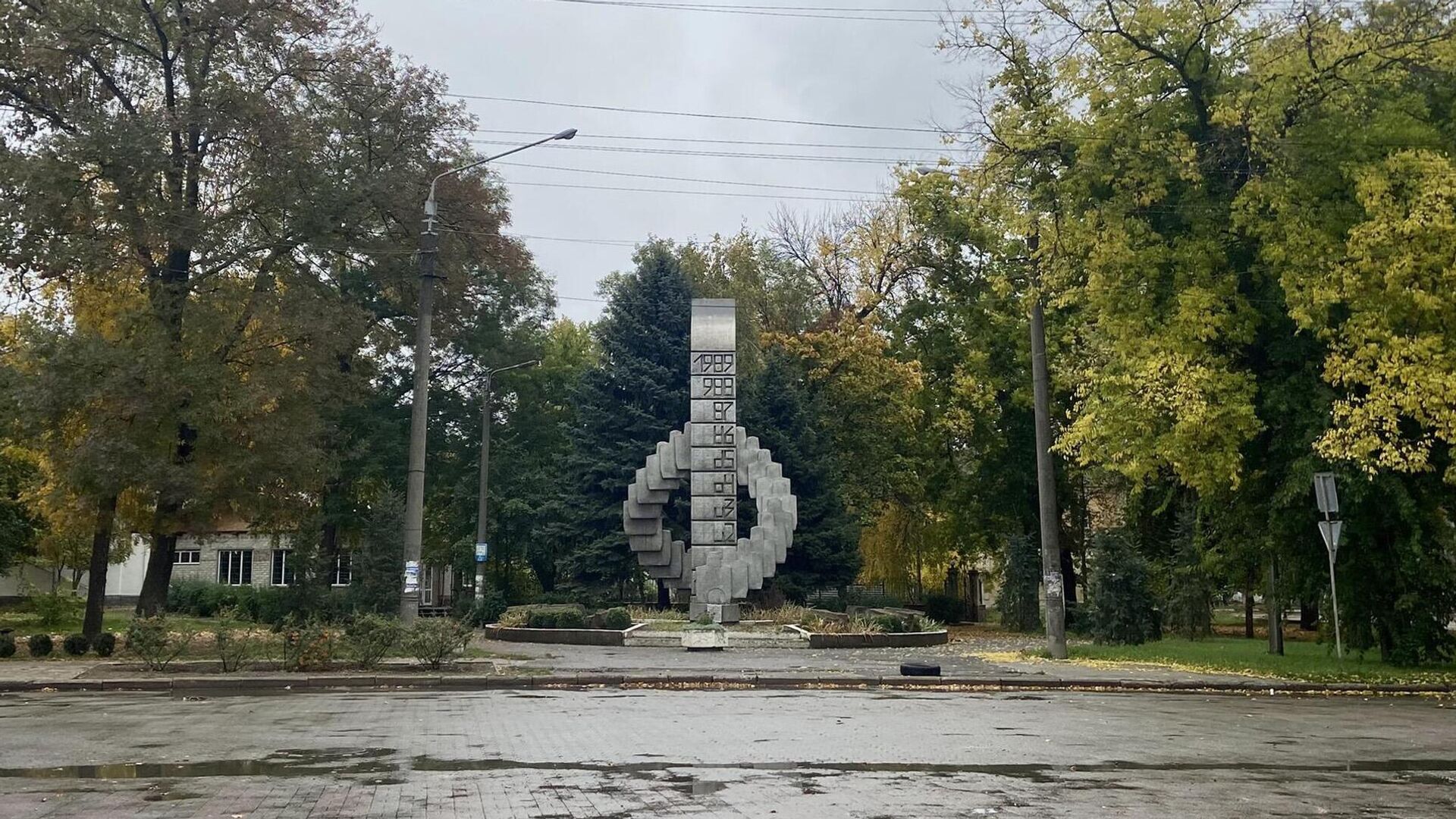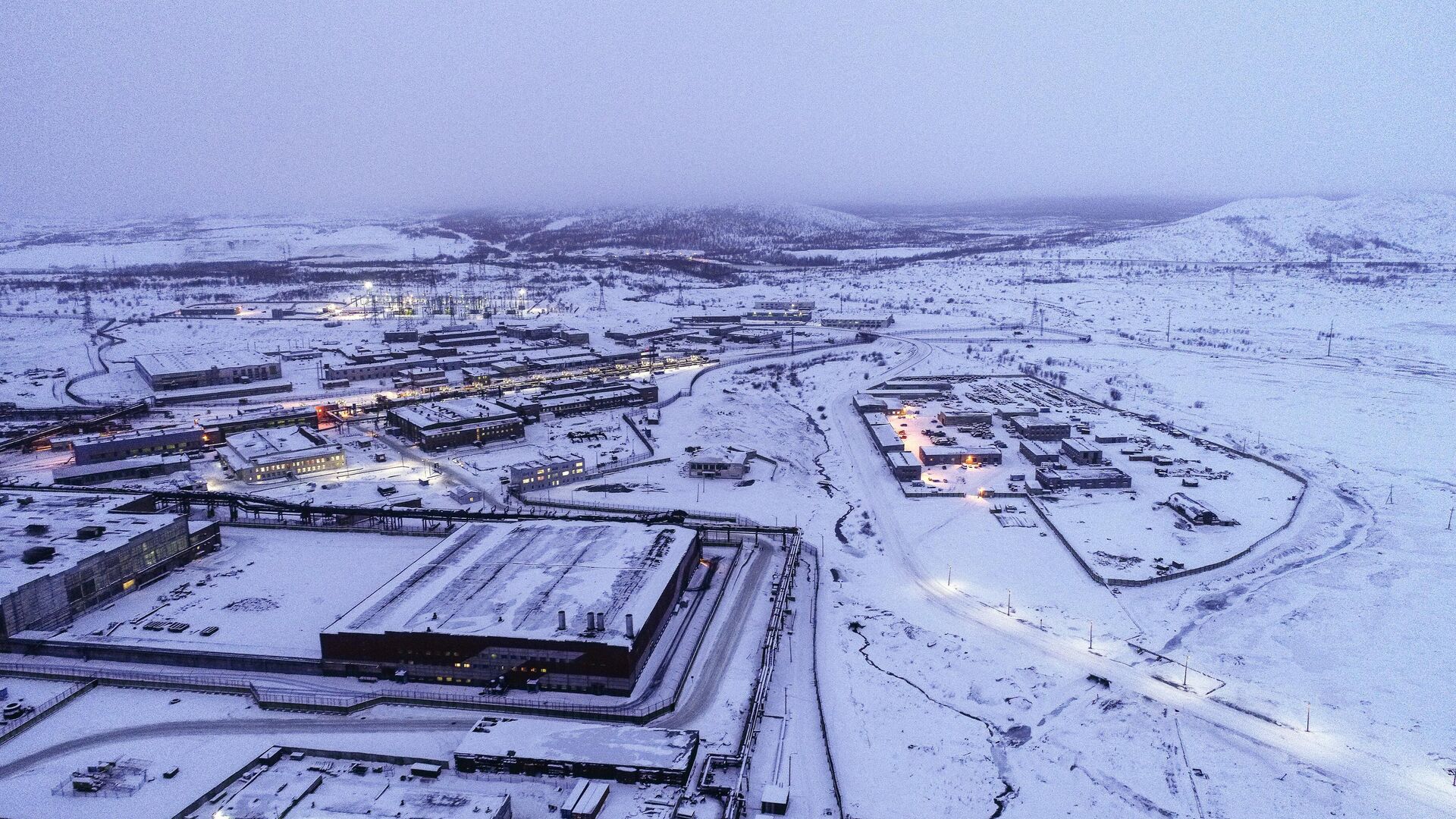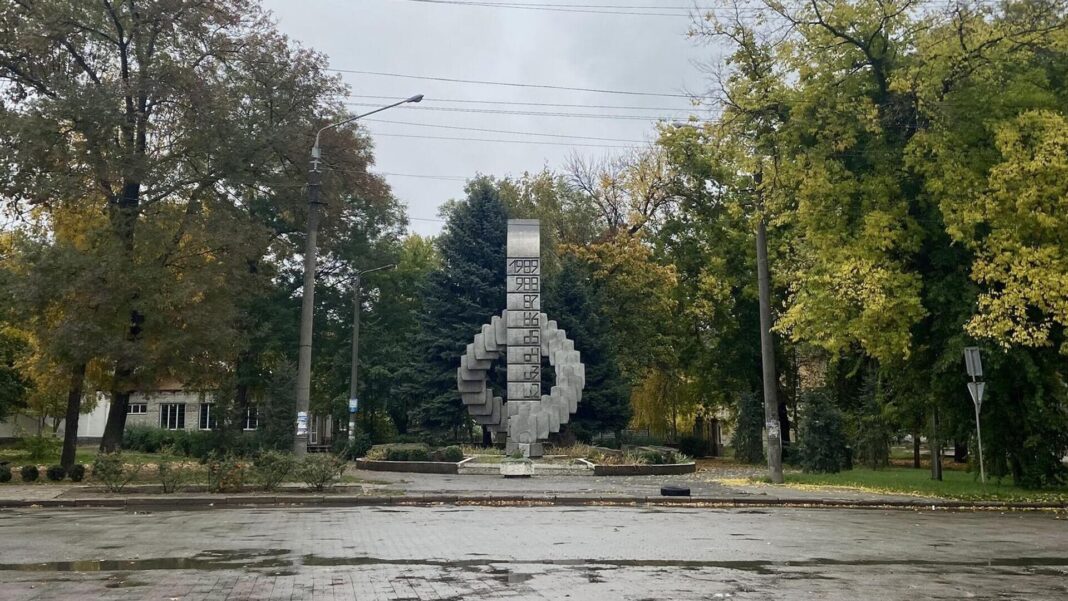
MOSCOW, August 10 The development of the Bolshe-Tokmak deposit in the Zaporizhia region will in the future be able to provide Russia with its own manganese raw materials, for which the country currently depends on imports, said Dmitry Oleynik, adviser to the head of Rosnedra.
«If we talk about plans, then first of all I would like to note the Bolshe-Tokmakskoye manganese ore deposit, the reserves of which exceed 1.7 billion tons. In the future, its development could provide the Russian industry with its own manganese raw materials,» said Oleynik.
In June, the European Union banned the export of manganese ores to Russia. At the same time, the demand for this type of minerals in the Russian Federation is highly dependent on imports, as follows from the strategy for the development of the metallurgical industry until 2030 developed by the Ministry of Industry and Trade and approved by the government at the end of 2022.
And the strategy for the development of the mineral resource base of the Russian Federation until 2050, approved by the government at the end of July, states that it is necessary to complete the integration of the mineral resource complexes of the DPR, LPR, Zaporizhzhya and Kherson regions into the Russian economy.
«The minerals contained in their depths include not only those economically important for the Russian Federation, such as coal (its reserves are estimated at 35.5 billion tons), iron ore (3.5 billion tons), table salt (17.2 billion tons), bentonite and kaolin, but also scarce types of minerals. These include manganese ores (reserves are estimated at 1.7 billion tons), lithium, tantalum, niobium, titanium, zirconium, rare earths, graphite and fluorspar,» the Rosnedra representative commented. However, according to him, for now we can only talk about the diversity and significance of the raw material base of the DPR, LPR, Zaporizhzhya and Kherson regions, and for a qualitative and quantitative characterization, a huge amount of work is required to re-evaluate in accordance with the standards in force in the Russian Federation. This work is just beginning, Oleynik concluded.


